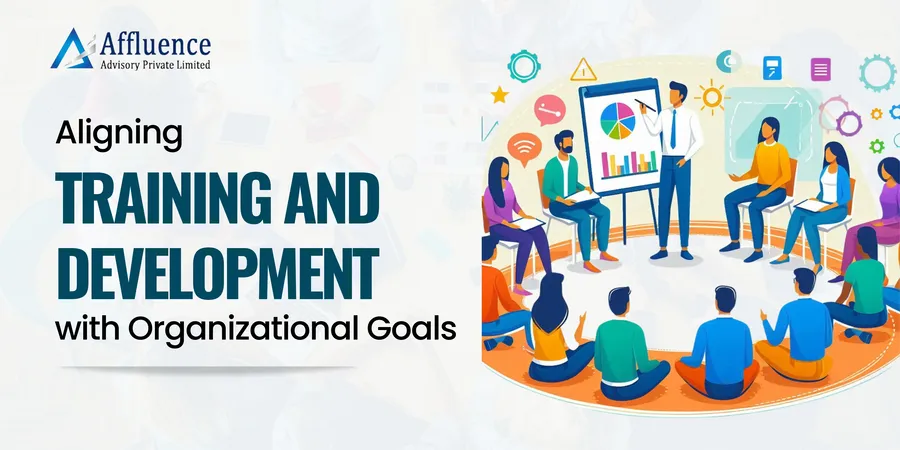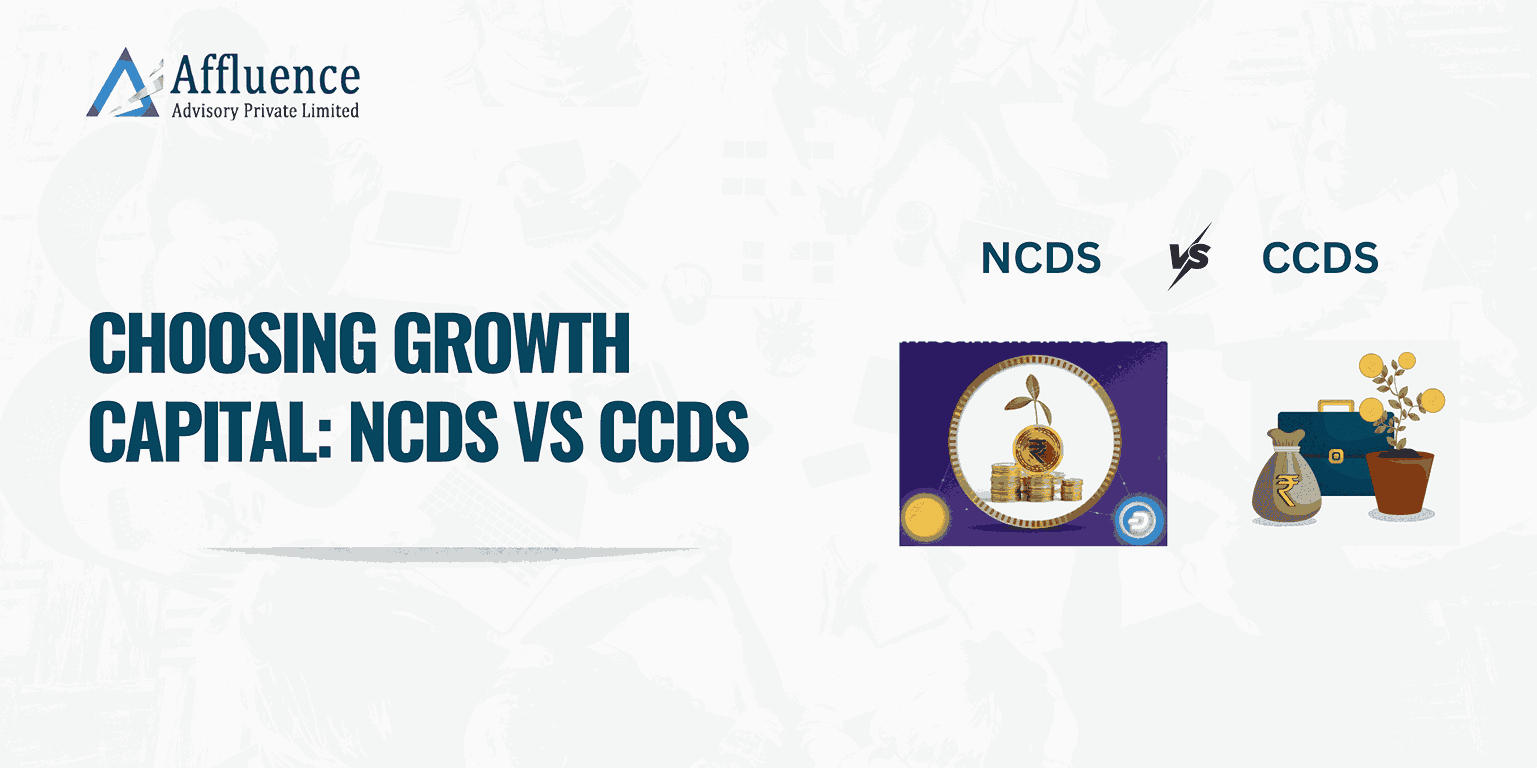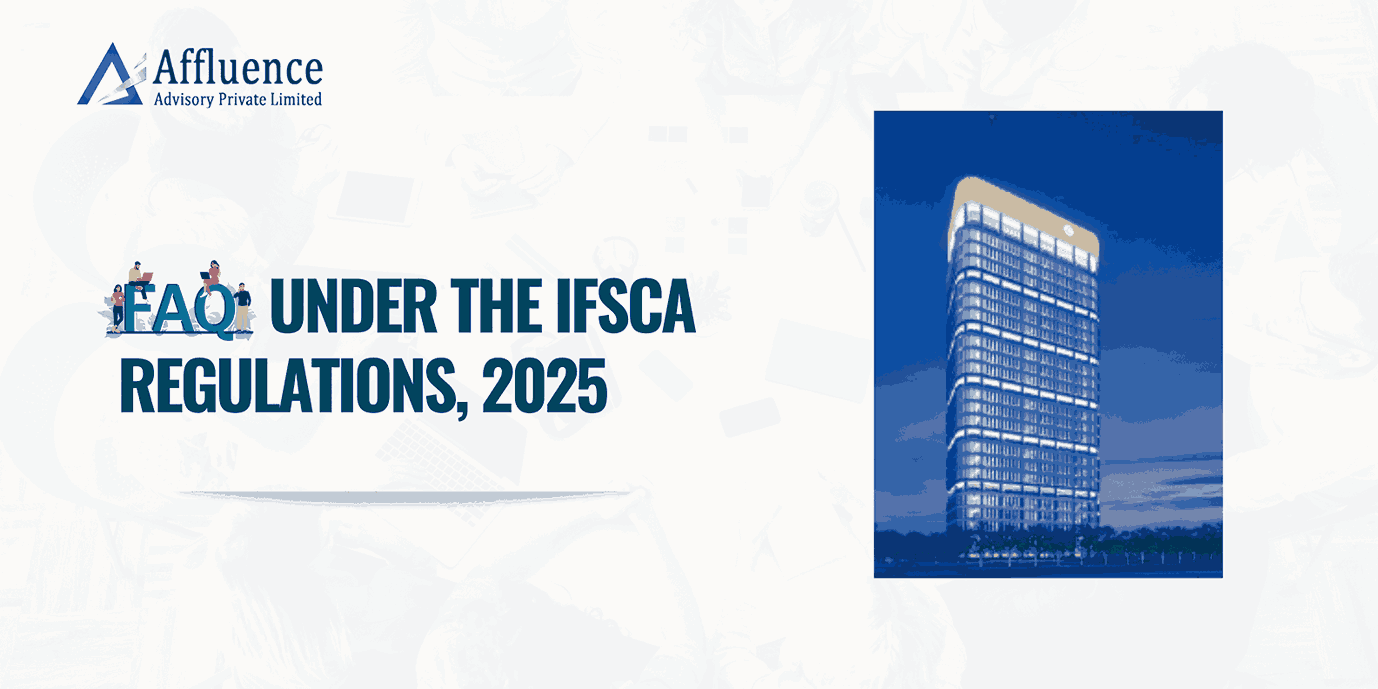Training and development involves improving the effectiveness of the individuals, the teams and the organization. Training is related to immediate changes in organizational effectiveness via organized instruction, while development is related to the progress and synergizing of longer-term organizational and employee goals.
While training and development technically have differing definitions, the two are often used interchangeably or together.
Guidelines for Training and Development:
Below are some guidelines to help make your training efforts successful:
- Analyze your needs and goals – Take the time to carefully analyse your business and employee needs when designing your training plan. This will help you choose the right type of training for your requirements. Above and beyond your business needs are to review what the trends are in your industry.
- Identify skill gaps – This process involves analysing the current skill set of employees and comparing it to the skills required for optimal job performance, both in present and future roles. By assessing competencies through performance reviews, feedback, and industry benchmarking, organizations can pinpoint areas where additional training or upskilling is needed. Addressing these gaps not only boosts individual performance but also enhances overall organizational productivity, helping the company stay agile in a rapidly evolving market.
- Prioritize – Assign the training you’d like to provide into categories. It’s absolutely required, training for your staff becomes imperative. If it reflects an ideal situation that isn’t immediately feasible, you’ll know to plan for it in the longer term.
- Plan and deliver the training – Once you have assessed and prioritized the need for training, the next step is to secure what type of training you will use and how you will offer it. This could be functional or soft skill or a hybrid of both.
- Delivery options – One-on-one vs. group sessions, e-learning vs. in-person or self-directed vs. guided? These questions will be answered by a blend of factors: what’s available, what best suits your needs, what you can afford, and what your employees’ learning styles are.
- Ensure continuous learning – Promote a culture of ongoing development by offering regular learning opportunities, not just one-time training events. Encourage self-paced learning, mentorship programs, and cross-functional projects to reinforce knowledge.
- Encourage active participation – Engage employees by making training interactive, incorporating discussions, group activities, and problem-solving tasks. Foster an environment where questions and thinking are encouraged.
- Evaluate and measure effectiveness – Continuously assess the impact of training programs through feedback, assessments, and performance metrics. Adjust and refine training programs based on employee progress and organizational needs.
Problems in Training and Development
The various problems in Training & Development are as follows:
- Hectic Employee Schedules – When work, family life, and other demands are draining employee’s energy, there’s a risk that training just adds to their stress. Worse still, intruding on employees’ personal time with training sessions is a sure way to make them resist and even resent training.
- Lack of Employee Engagement – Engagement is important on three levels: cognitive, emotional, and behavioral. Without all three in place, poor knowledge retention, passive learning, and a lack of commitment contribute to challenges in training and development. Behavioral change is impossible without learning engagement. And, when training feels irrelevant or unnecessary, most learners mentally and emotionally check out and resist engaging.
- Training that isn’t relevant – Many training programs are too generic, and not personalized enough for specific roles or skills. Unfortunately, generic training can strain learners’ time and patience by forcing them to engage with content that simply isn’t relevant to them. This leads to further training challenges.
- Coping with increasing e-learning development – Often, companies need to deliver functional training at a rapid pace to keep their employees up to date with the latest information. Trainings, especially on product knowledge, processes, and compliance are usually in high demand in any organization.
- Creating training that appeals to the employees – For today’s ‘new-age’ learners, however, a one-size-fits-all training paradigm is a strict no-no. So, what do they want? They want:
- Learning to be personalized to their unique needs.
- Learning to be empathetic to their problems at work, offering solutions that will help boost their work performance.
- Access to learning on the very digital devices like smartphones and tablets they carry around with them.
Also Read: Easy Team Building Tips for workplace effectiveness to Bring the Team Together
- Poor Feedback – According to Forbes, employees who feel their voices are heard are 4.6 times more likely to perform their best work. Also, 89% of Human Resource leaders agree that ongoing peer feedback and frequent check-ins are key for successful outcomes.
- Information Overload – Typically, the immediate focus for any company after hiring an employee is to get them on boarded. The idea is to get new hires trained on your enterprise software effectively and start being productive. Sadly, what they end up doing instead is bombard them with too much information from day 1 of a training program and want their employees to grasp it all.
- Investing in soft skills – We already know that more than technical and leadership skills, employees need soft skills such as time management, people management, and communication skills as much as they need more tech and leadership skills. But one challenge for L&D and HR leaders is to invest in soft skills because of the global demand of the multicultural business world and the lack of metrics to evaluate effectiveness. More than investing money in training programs, you should start recognizing the skills gaps in your organization.
- Dealing with change – Organizational change is challenging and more common than ever. Dealing with changes due to mergers, acquisitions, technology, budgets, and staffing is the top challenge cited by Learning and Development (L&D) professionals.
- Improving learning effectiveness – Training learners effectively is important. There are so many topics to cover, and many require unique delivery methods in order for solid skill development to occur. It is important to ask the right questions and identify the desired outcomes when planning each training session.
In conclusion, aligning training and development with organizational goals ensures that learning initiatives directly support business success. By focusing on relevant skills, employees are better prepared to contribute effectively, driving performance, innovation, and growth. This strategic alignment benefits both employees and the organization, fostering long-term success.
Disclaimer: This article provides general information existing at the time of preparation and we take no responsibility to update it with the subsequent changes in the law. The article is intended as a news update and Affluence Advisory neither assumes nor accepts any responsibility for any loss arising to any person acting or refraining from acting as a result of any material contained in this article. It is recommended that professional advice be taken based on specific facts and circumstances. This article does not substitute the need to refer to the original pronouncement
CLICK HERE DOWNLOAD PDF








